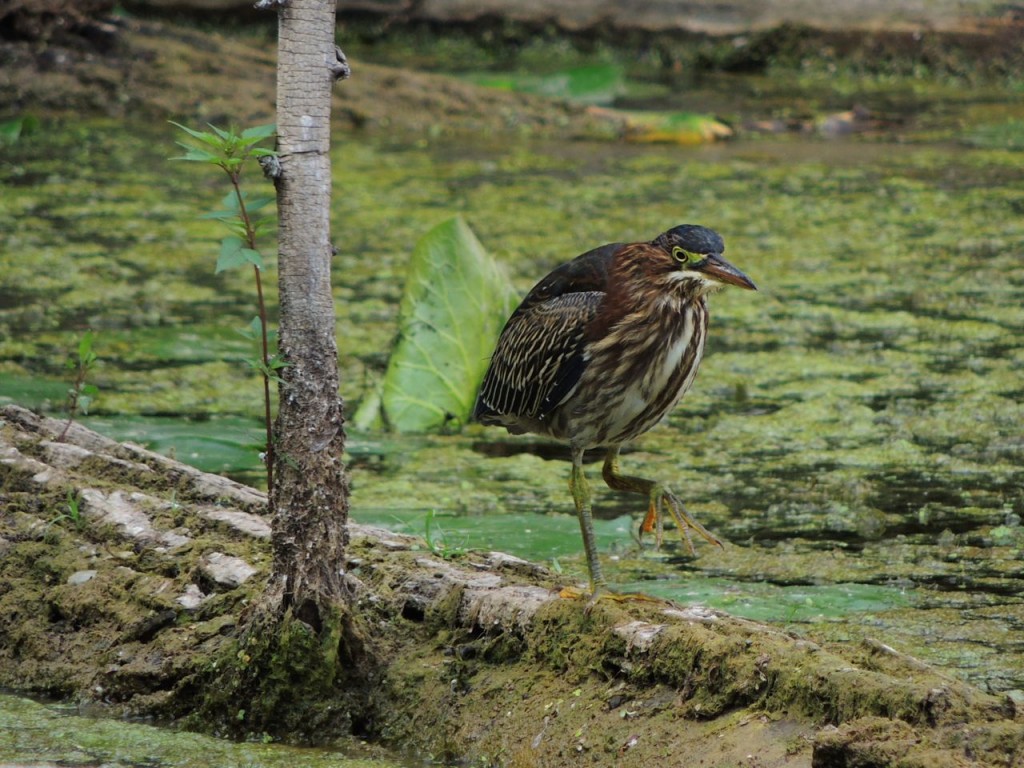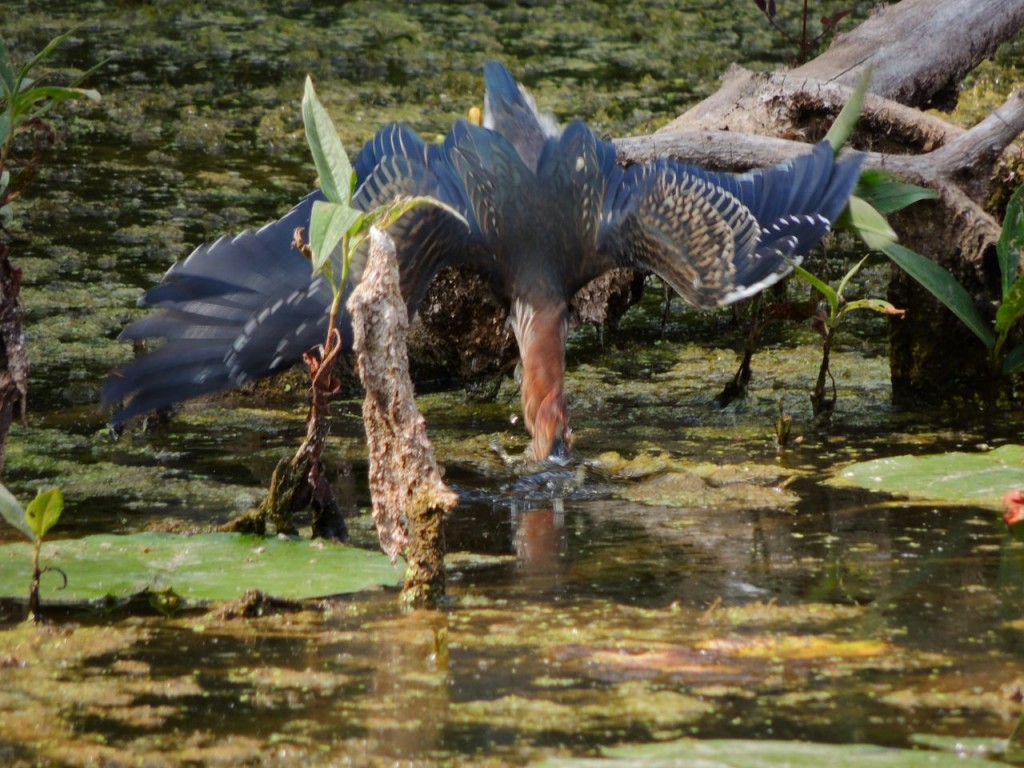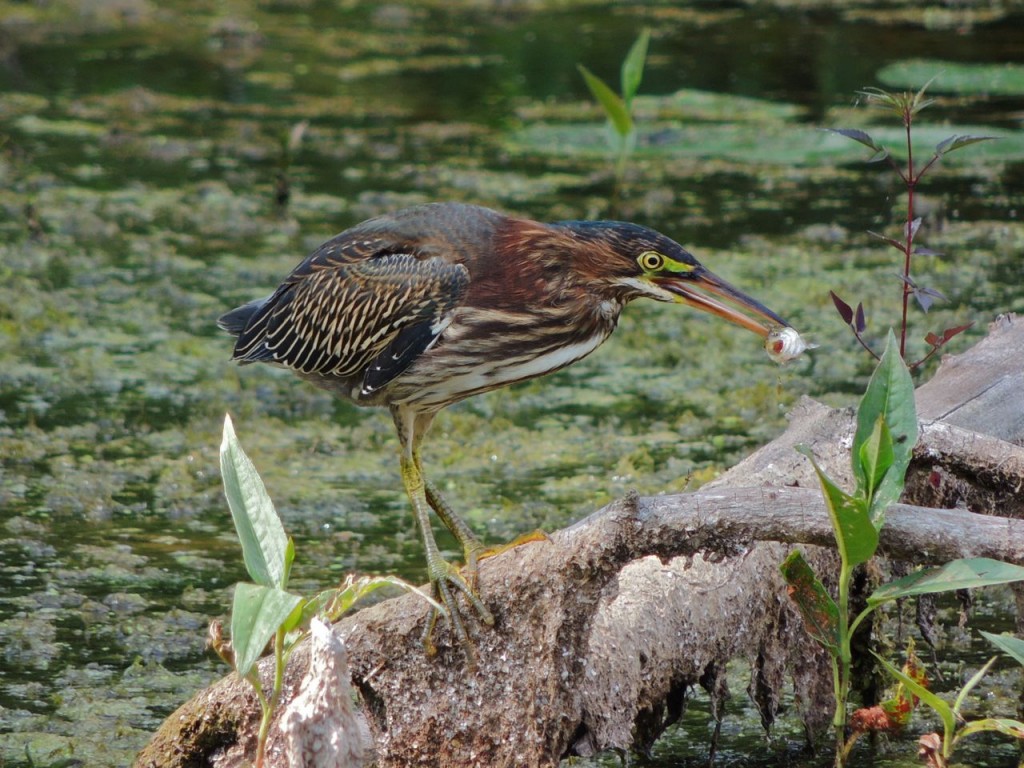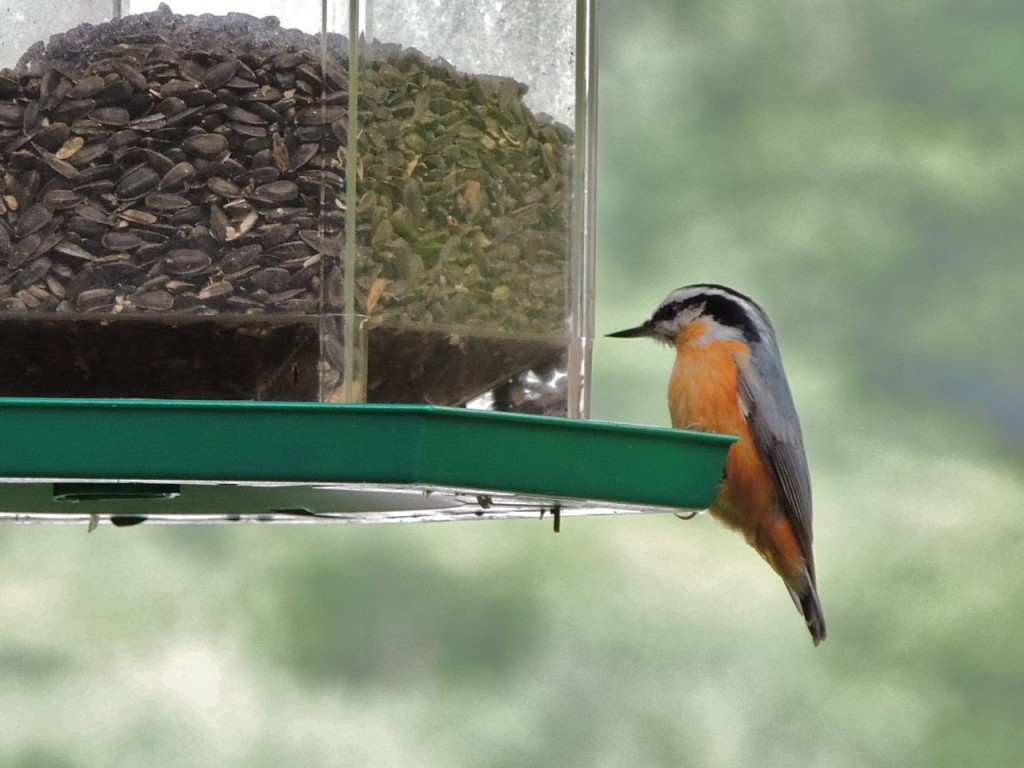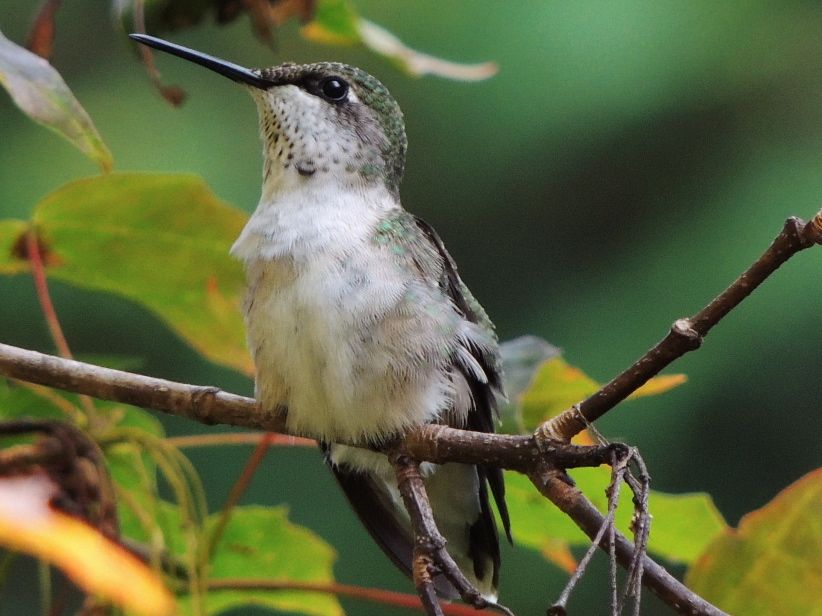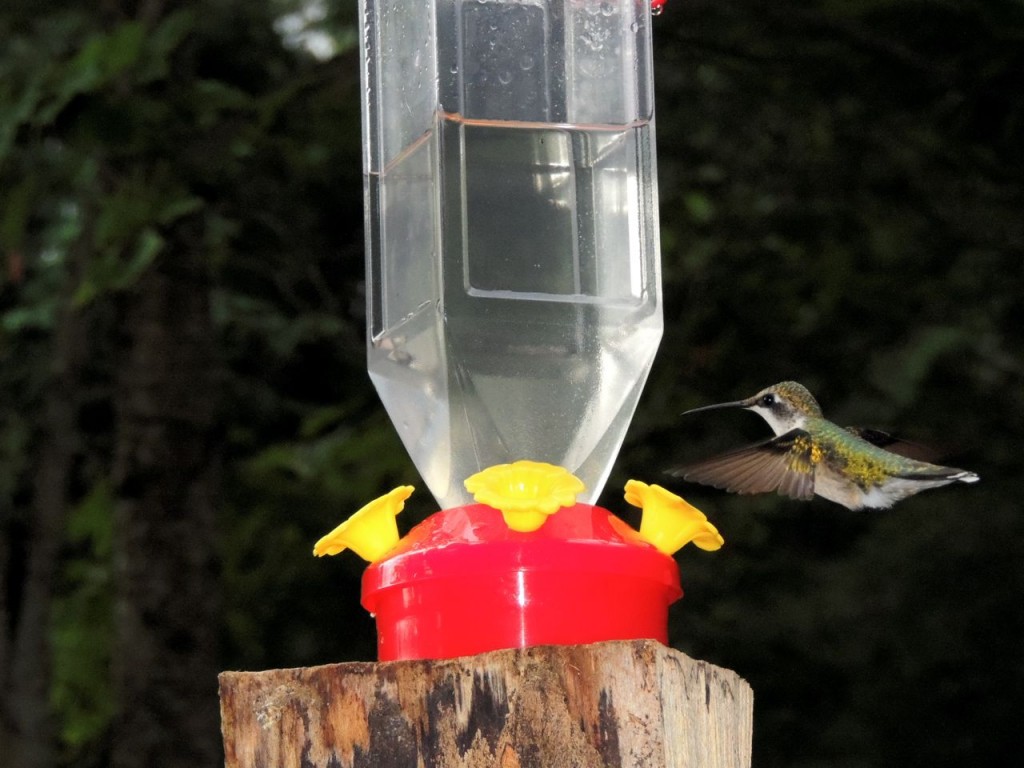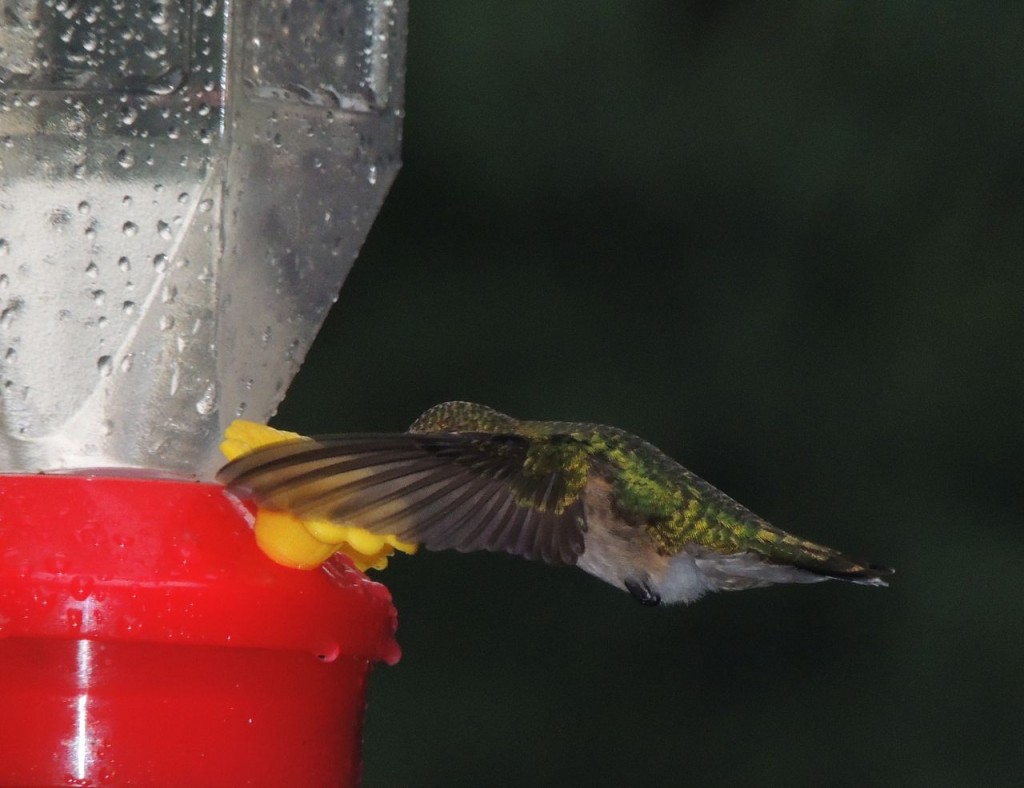4 Sept 2014. Casares, Andalusia, Spain. With barely 24 hours of Spain to my credit, I’m in no position to paint any sort of picture but I have, this morning, seen something of the dry craggy peaks and withdrawn, green valleys of rural Andalusia; a world removed from the nearby Costa del Sol and its tracts of beach umbrellas.
We’re staying in a small guest house which sits perched on the west slope of a rugged valley that tumbles away towards the south. From here, it’s a long sweep down to the Mediterranean and I’m told you can see the distant hills of North Africa on a clear day.
I’m here for the birding experience but my son James has joined me from Stockholm so his presence has changed the emphasis a little. Still he’s happy to go his way while I go mine, so this morning my host, John, took me to a couple of places that he knows well and which could be bird-productive. The first stop was a shaded and gravelly riverside; water can be counted on for bird life and here we found some old finch familiars: Chaffinches, Goldfinches and Greenfinch as well as a couple of new-to-me finch allies: Serin and Cirl Bunting. A gloriously iridescent blue Kingfisher sat obligingly on a branch for a while and I spotted a couple of Crested Tits working through some overhead pine branches as gathering processions of Honey Buzzards streamed overhead.
While I’m not the type to go chasing rarities, there are a few species that I long to see, Bee Eater is one of them. The post-breeding migration of Bee Eaters (it would hardly seem right to call it an autumn migration) starts in early August and is now winding down. I was pleased to have a few wandering flocks pointed out to me so that, if nothing else, I could say I’d seen them; but that’s not the point, I need to experience the bird and that’s something quite different. Late in the morning, John and I stopped along the sun-bleached side of a gravelly farm track to search a shallow, thorny gully for the chance of seeing a reported Rufous Bush Chat, a notable rarity which, it turned out, seemed to have left for this year.
But I was not in the slightest bit disappointed because anything we might see was likely to be new or at the very least novel, to me. Accordingly pairs of Sardinian Warblers, Short-toed Eagles and a handful of Crested Larks were rewarding enough. Then as we were about to leave, a small chattering flock of Bee Eaters arrived and lined up on overhead wires and a fence for my appreciation and enjoyment. They are as engaging in their social behaviour as they are beautiful to look at and several of them settled close enough for some decent photos. In flight they swoop and soar on slim pointed wings while gossiping in fluting voices amongst themselves. Despite many other thoroughly satisfying morning sightings they were my Birds of the Day, if only because I’ve be waiting far too many decades to see them.






